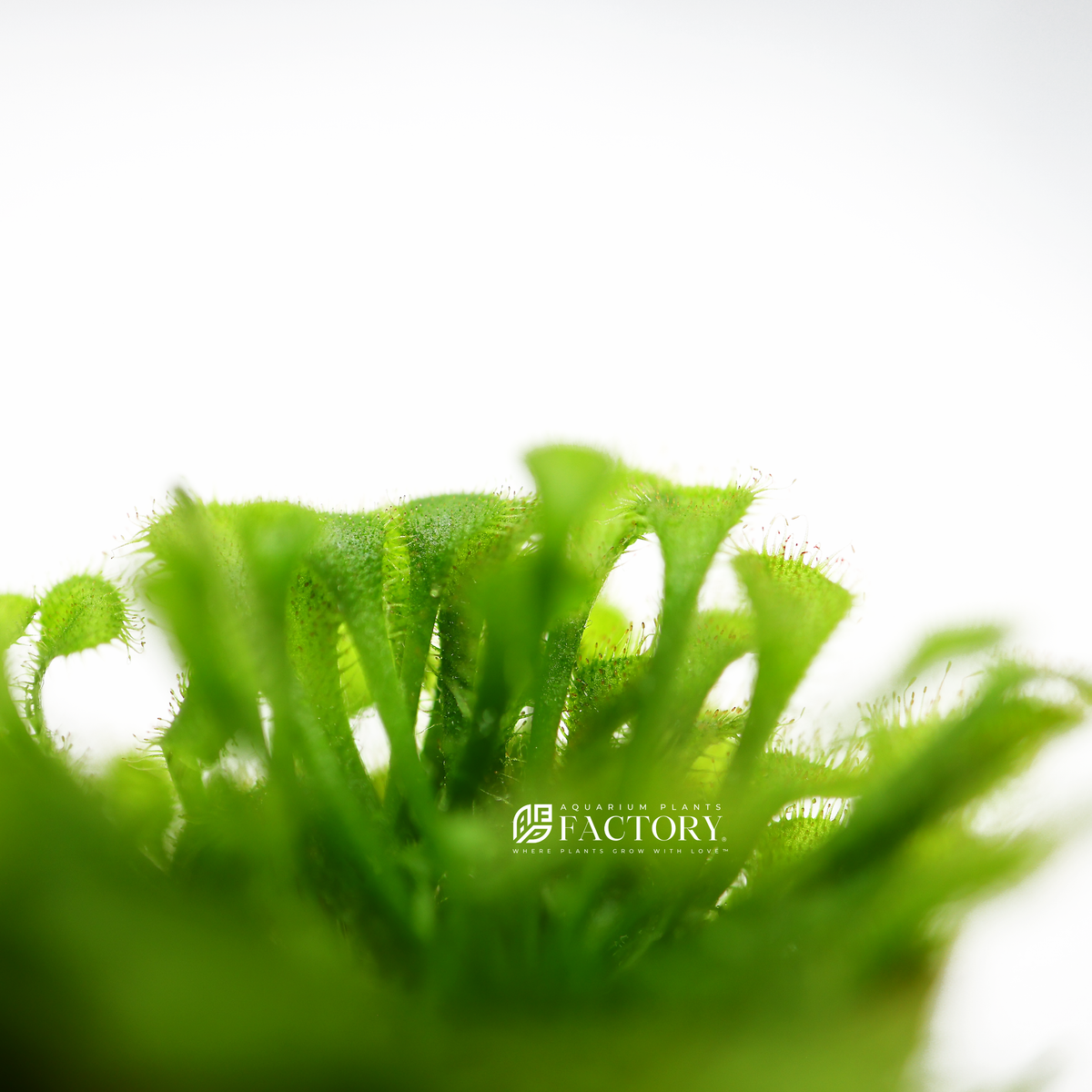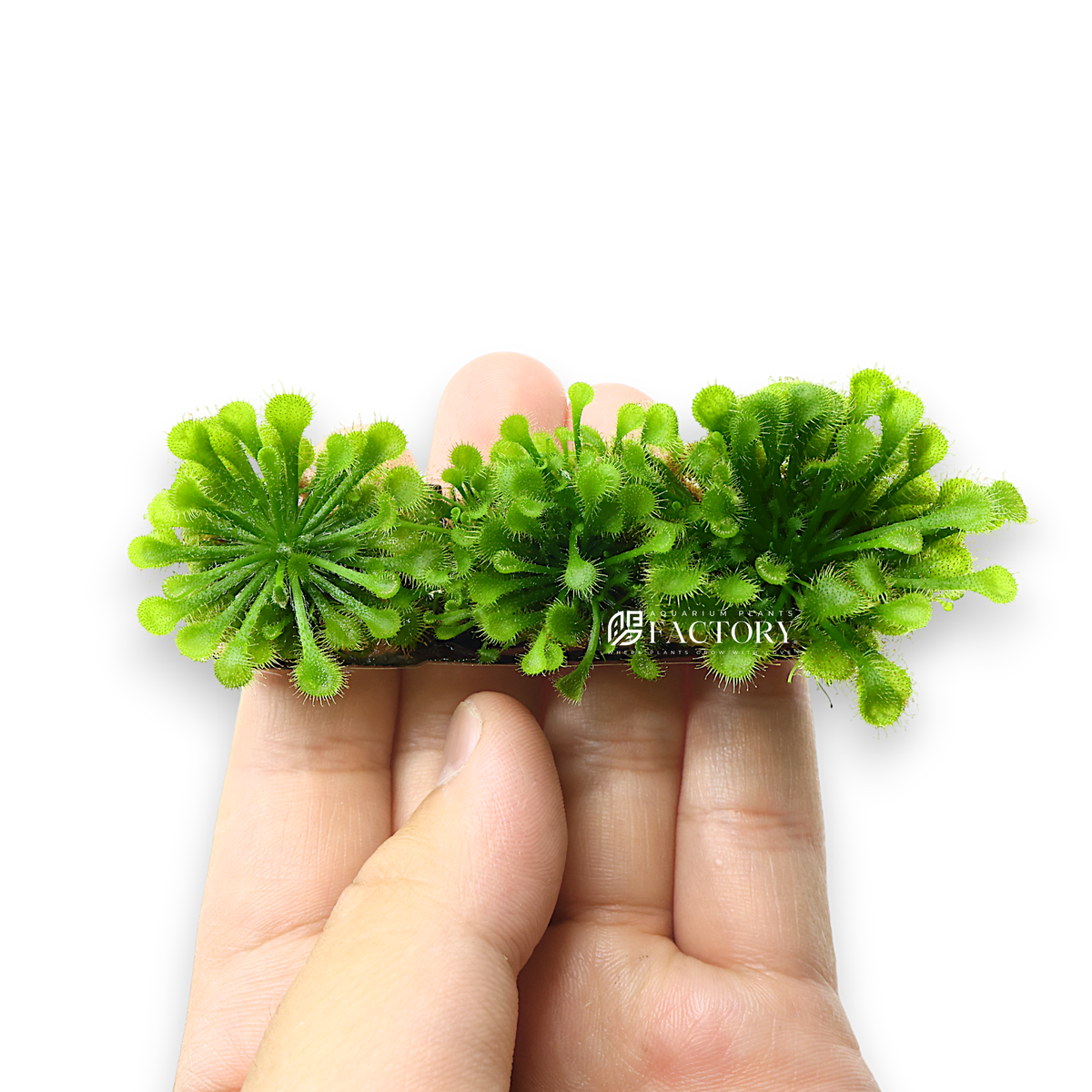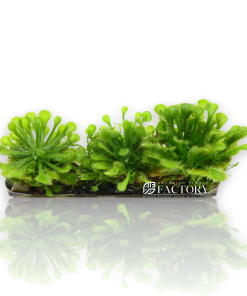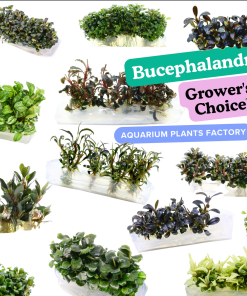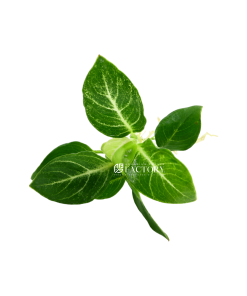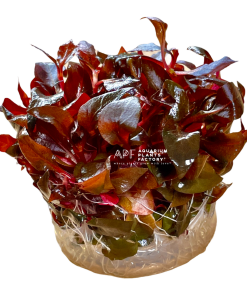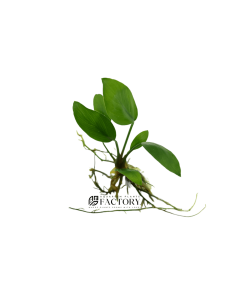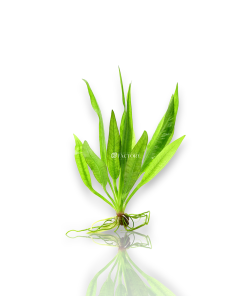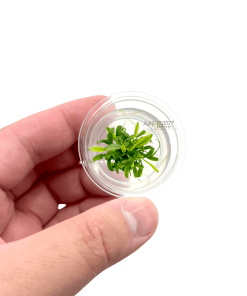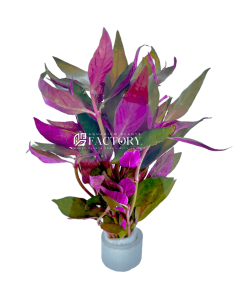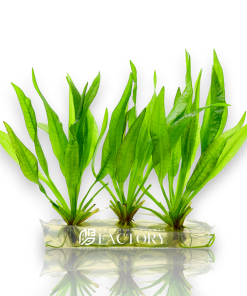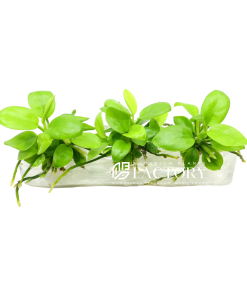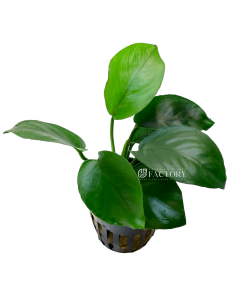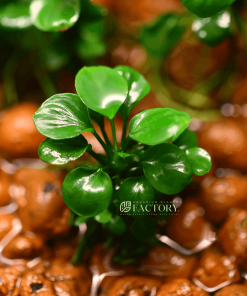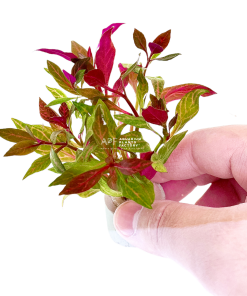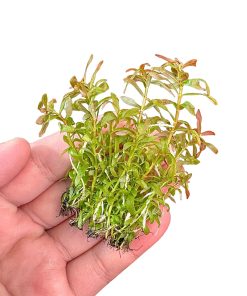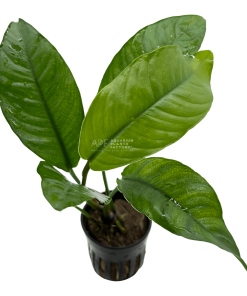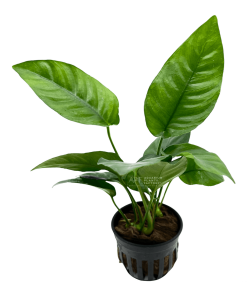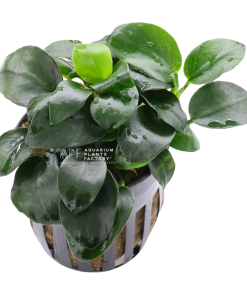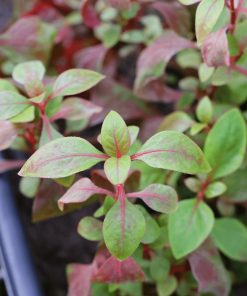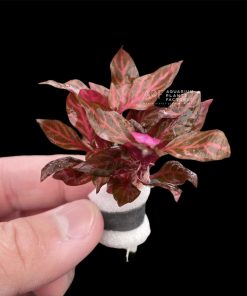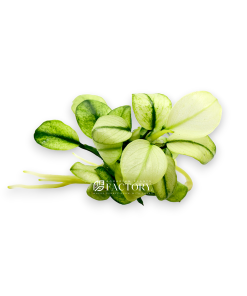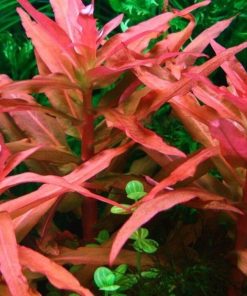Drosera Rotundifolia Tissue Culture (Round-leaved Sundew) Aquarium Plants Factory
$ 19,99 $ 11,99
Drosera rotundifolia, commonly known as the round-leaved sundew, is a fascinating carnivorous plant native to boggy, acidic environments across the Northern Hemisphere, including parts of Europe, Asia, and North America. This perennial plant features distinctive, circular leaves covered in glandular hairs that exude a sticky, dew-like substance. These glistening droplets attract and trap unsuspecting insects, which are then digested by the plant to supplement its nutrient intake, compensating for the poor soil conditions in its natural habitat.
The leaves of Drosera rotundifolia are typically a vibrant green with green or red-tipped tentacles, providing a striking contrast. These tentacles coil around captured prey, enhancing the plant’s ability to secure its meal. The plant’s rosette growth form allows it to spread out and maximize its trapping efficiency.
During the summer, Drosera rotundifolia produces delicate, white or pink flowers on slender stems that rise above the foliage, adding to its unique beauty. Each flower opens for just a single day, usually in succession, creating a subtle yet charming display over several weeks. The flowers are self-pollinating, ensuring seed production even in isolated conditions.
Tips
- Feeding: Do not fertilize. The plant gets its nutrients from the insects it traps. If grown indoors, occasional feeding with small insects can be beneficial.
- Dormancy: In winter, Drosera rotundifolia enters a dormancy period. Reduce watering slightly but ensure the soil remains damp. Keep it in a cooler location during this time.
- Pests and Diseases: Generally pest-free, but watch out for aphids or fungus gnats. Overwatering or poor ventilation can lead to fungal infections.
Propagation
- Seeds: Collect seeds from flowers and sow them on the surface of a moist sphagnum moss and sand mix. Ensure high humidity and bright light for germination.
- Leaf Cuttings: Cut a healthy leaf with some stem and place it on moist sphagnum moss. Cover with a plastic bag to maintain humidity. New plantlets will form at the base of the leaf.
- Division: During repotting, carefully divide the rosettes and replant them separately.
Drosera rotundifolia thrives in nutrient-poor, waterlogged soils and prefers full sun to partial shade. It is well-suited to growing in containers with a mix of sphagnum moss and sand, replicating its natural bog environment. This sundew is an excellent choice for enthusiasts of unusual plants, offering both a captivating appearance and a fascinating glimpse into the world of carnivorous flora.
Ideal for wetland gardens, terrariums, or as a unique houseplant, Drosera rotundifolia requires consistent moisture and humidity to thrive. It is a low-maintenance plant, provided its growing conditions are met, and can live for many years, forming dense, attractive mats of insect-catching foliage.
- Sold as a Tissue Culture plants with vitamin liquid/gel
- Bag size: Approx. 4 inches. Yield 2-3 plants
- Sustainable growth aquarium plants species
- Tissue Culture Technology | 100% Free from Snail, Algae, Pathogen, and Bacteria plus Extended Shelf Life on all in Vitro Plants
|
Scientific Name |
Drosera Rotundifolia |
|
Common Name |
Round-leaved Sundew, Roundleaf Sundew, or Common Sundew |
| Type | Rosette |
|
Size |
Generally small, with rosettes reaching about 2 to 4 inches (5 to 10 cm) in diameter |
|
Temperature |
Prefers cool to moderate temperatures. Can tolerate slight frost, but extreme cold should be avoided |
|
Native Habitat |
Boggy, acidic environments across the Northern Hemisphere, including Europe, Asia, and North America |
|
Flower |
Delicate white or pink, borne on slender stems, blooming in succession during summer |
|
Water |
Keep the soil consistently moist. Use rainwater, distilled water, or deionized water to prevent mineral buildup. Avoid tap water as it may contain minerals harmful to the plant |
|
Humidity |
Thrives in high humidity environments. Consider using a humidity tray or growing in a terrarium if the ambient humidity is low |
|
Soil |
Requires nutrient-poor, waterlogged soils. Ideal mix is a combination of sphagnum moss and sand to mimic its natural bog environment |
|
Lighting Requirements |
Prefers full sun to partial shade. Ensure it receives at least 4-6 hours of direct sunlight daily |
Fast Shipping with Professional Packaging
Due to our longstanding partnership with UPS FedEx DHL and other leading global carriers, we can provide a range of shipping options. Our warehouse staff are highly trained and will pack the items according to our precise and exact specifications. Your products will be subjected to a thorough examination and will be safely packaged prior to being sent out. Every day, we send thousands of packages to customers from all over the world. This shows our commitment to being the largest retailer online in the world. The warehouses are located in Europe in the same way as they are in USA.
Note: Orders with more than one item will be assigned a processing date according to the item.
Before shipping Our team will conduct a thorough inspection on the products you ordered. The majority of orders are delivered within 48 hrs. The expected delivery time is 3 to 7 days.
Returns
The stock is constantly changing and cannot be fully controlled by us because of the involvement of multiple entities, including the factory as well as our warehouse. The actual stock levels can fluctuate at any point. Be aware that it is possible that your order will become unavailable even after you've placed your order.
Our policy lasts for 30 days. We are unable to return or exchange your purchase when it's been 30 days from the date of purchase.
To be returned, it must be unopened and in the same condition as when you received it in. It must also be returned in the original packaging.
Related products
Uncategorized
A Bucephalandra Species Tissue Culture Premium Full Bag [Grower’s Choice] Aquarium Plants Factory
Uncategorized
Uncategorized
Uncategorized
Uncategorized
Uncategorized
Uncategorized
Uncategorized
Uncategorized
Uncategorized
Uncategorized
Uncategorized
Uncategorized
Uncategorized
Uncategorized
Uncategorized
Uncategorized
Uncategorized
Uncategorized
Uncategorized
Uncategorized
Uncategorized
Uncategorized
Uncategorized
Uncategorized
Uncategorized
Uncategorized
Uncategorized
Uncategorized

